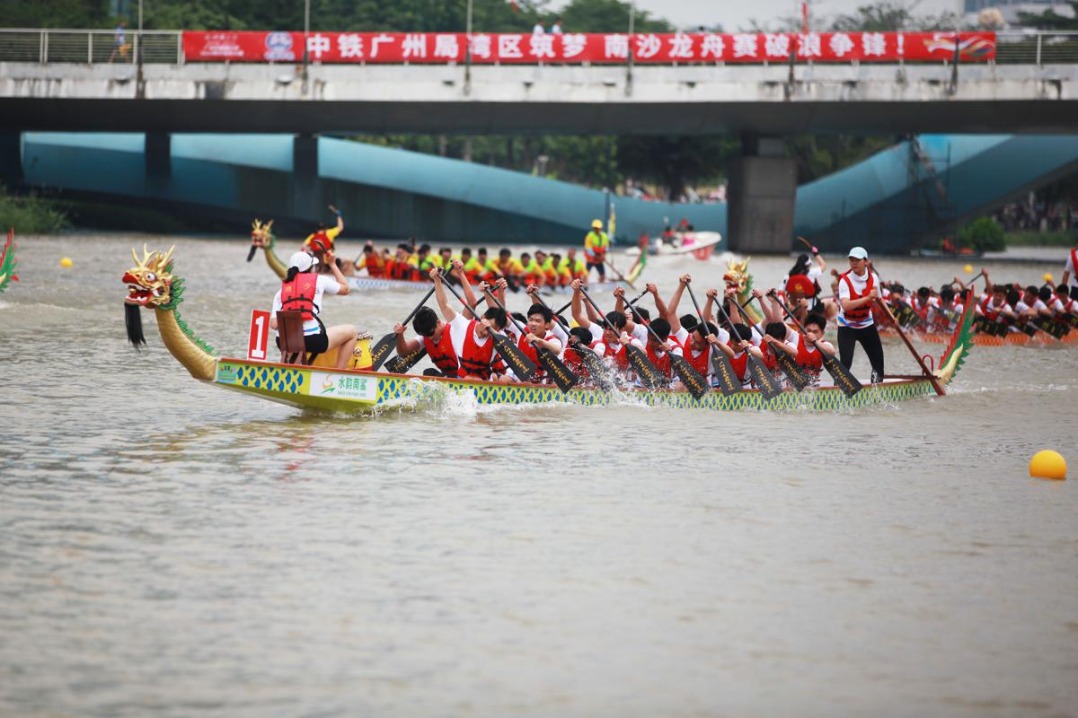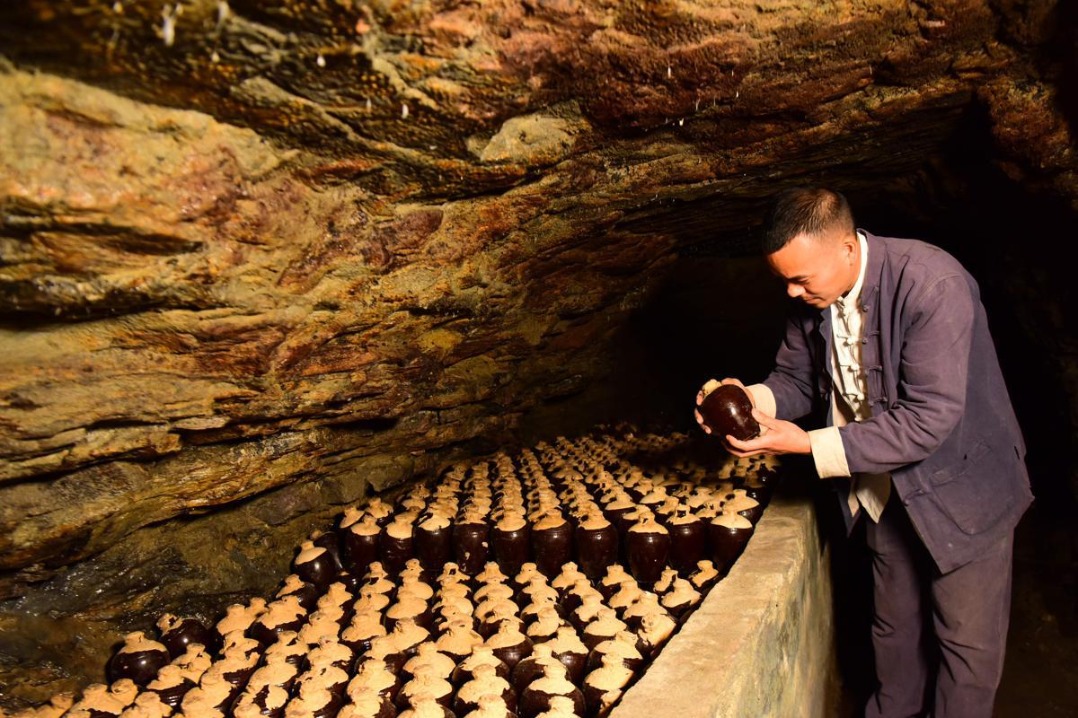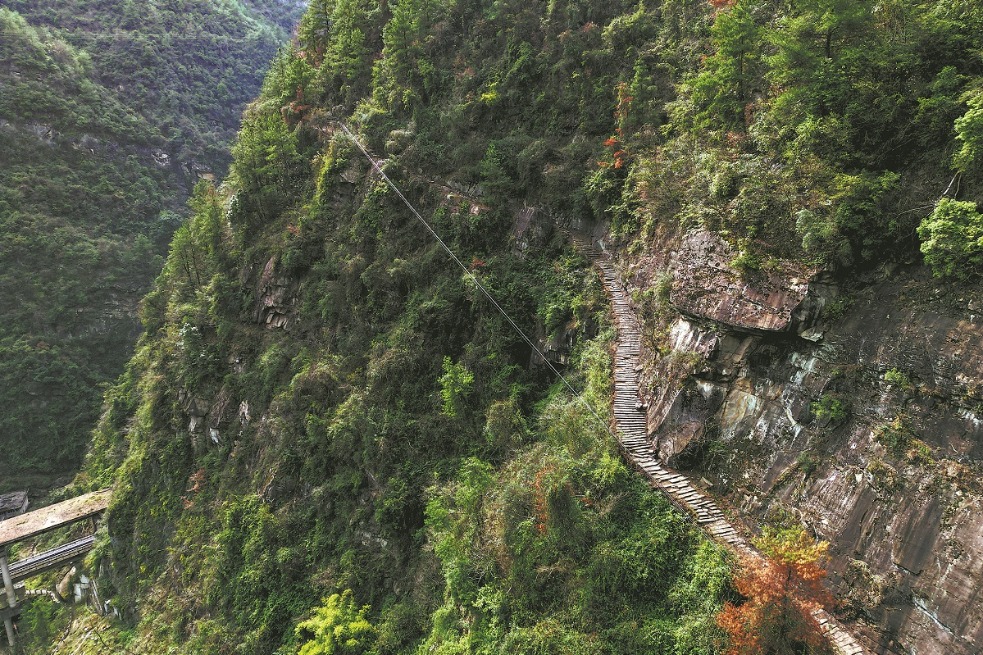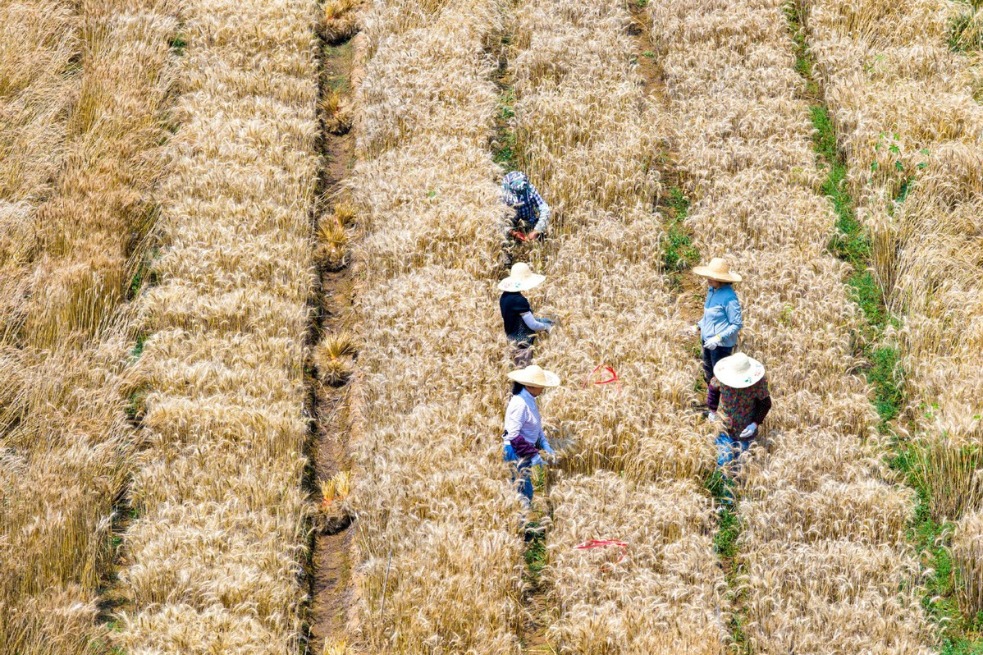Qinghai-Tibet Plateau remains a greenhouse gas sink, study finds

The Qinghai-Tibet Plateau continues to act as a net greenhouse gas sink in China, a trend likely to persist amid global warming, Chinese scientists have found in a recent study.
Data on gas fluxes across the plateau's land surface in the 2000s and 2010s show that the region absorbs greenhouse gases at a rate that largely offsets its emissions, resulting in a state of near climate neutrality, said Wang Tao, a researcher with the Institute of Qinghai-Tibet Plateau Research under the Chinese Academy of Sciences and the study's corresponding author.
The plateau plays a significant role in China's carbon neutrality efforts, especially through its forests and grasslands, which absorb substantial amounts of carbon dioxide each year. However, uncertainties remain regarding its overall greenhouse gas budget due to contributing factors such as intensified livestock systems and expanding surface water bodies, Wang said.
"Simply put, the greenhouse gas sink on the Qinghai-Tibet Plateau can be viewed as a process involving the absorption of carbon dioxide and the emission of other greenhouse gases such as methane and nitrous oxide," he said.
Wang noted that while methane (CH4) and nitrous oxide (N2O) are present in smaller amounts than carbon dioxide, their warming potential is significantly greater. CH4 has a warming effect about 27 times stronger than CO2, while N2O's impact is around 273 times stronger.
The plateau, which is the world's highest pastoral region, is home to more than 40 million livestock grazing on grasslands that provide key nutrition for at least 5 million residents. Livestock emissions — including belching, flatulence and excrement — represent a major source of greenhouse gases.
In addition, the region contains over one-third of China's inland waters and wetlands, including many emerging thermokarst lakes in permafrost areas. As permafrost melts due to rising temperatures, it creates land depressions that fill with water and release greenhouse gases such as methane that had been previously trapped in the soil, Wang said.
The study found that methane and nitrous oxide emissions offset about 40 percent of the terrestrial carbon dioxide sink. Livestock systems contributed about 21 percent of the offset, while inland waters and wetlands accounted for roughly 13 percent. Enteric fermentation by ruminants made up 90 percent of the livestock-related emissions.
Researchers also determined that the greenhouse gas sink slightly exceeded the region's direct anthropogenic emissions — such as those from fossil fuel combustion and industrial sources — suggesting the plateau has reached a near climate-neutral state.
Since the 1950s, the Qinghai-Tibet Plateau has experienced a temperature rise of about 1.5 degrees Celsius. Wang said while global warming has introduced challenges including topographical shifts, extreme weather and biodiversity loss, it has also led to more favorable vegetation growth, which supports the region's greenhouse gas sink.
Despite concerns about overgrazing, the study projects that the greenhouse gas sink will continue through at least 2060. However, its persistence depends on the evolution of terrestrial carbon sinks and the trajectory of pastoral practices, Wang said.
He attributed the positive outlook to thriving vegetation under a warmer and wetter climate and called for a shift toward sustainable pastoralism. Improving livestock diets and health could reduce greenhouse gas emissions per unit of livestock product and support China's climate goals under the Paris Agreement, he said.
The study was published this month in the journal Science Bulletin.





































